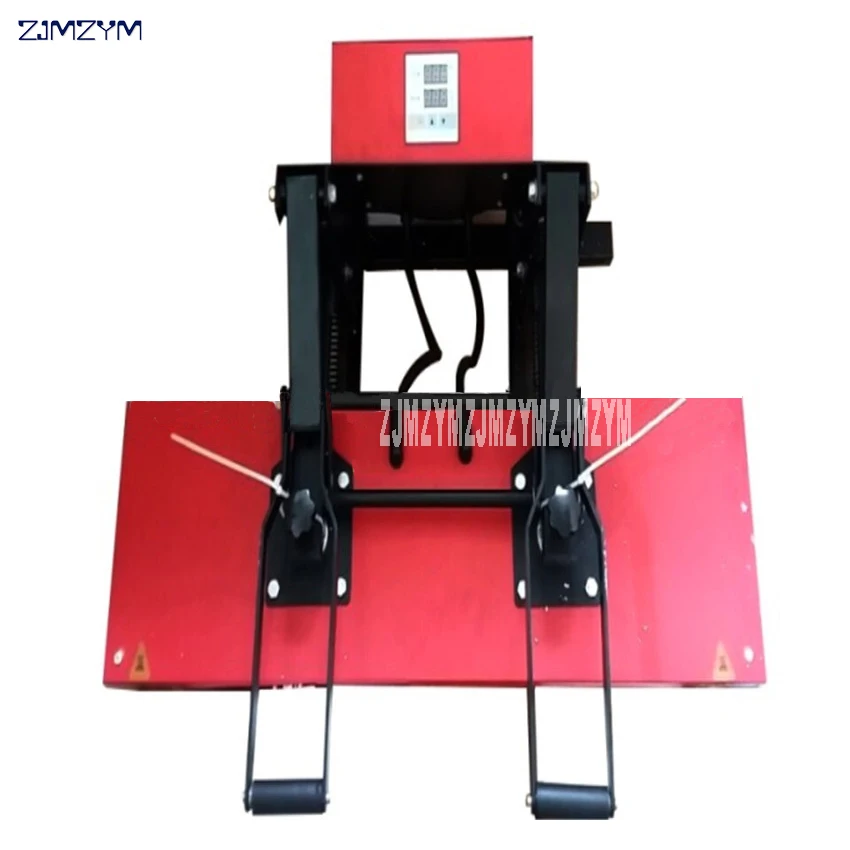

Under Chart type, click XY (Scatter), and then click Next. In the Chart Wizard - Step 1 of 4 - Chart Type dialog box, click the Standard Types tab.

In Microsoft Office Excel 2003 and in earlier versions of Excel, follow these steps: On the worksheet that contains the sample data, select the cell range B1:C6. To attach text labels to data points in an xy (scatter) chart, follow these steps: (The upper-left cell does not have to be cell A1.) The labels and values must be laid out in exactly the format described in this article. NOTE: The table should not contain empty columns, and the column that contains the data labels should not be separated from the column that contains the x values. To use the macros in this article, create a chart using the following data:
Xy labeller series#
NOTE: Although the example provided contains only one column of data for y values, you can use more than one series of data. The third and subsequent columns contain the y values for the xy (scatter) chart. The second column contains the x values for the xy (scatter) chart. The first column contains the data labels.
Xy labeller code#
The sample code in this article assumes that the data and associated labels are arranged in a worksheet according to the following format: However, they will not modify these examples to provide added functionality or construct procedures to meet your specific requirements. Microsoft support engineers can help explain the functionality of a particular procedure.

This article assumes that you are familiar with the programming language that is being demonstrated and with the tools that are used to create and to debug procedures. This includes, but is not limited to, the implied warranties of merchantability or fitness for a particular purpose. Microsoft provides programming examples for illustration only, without warranty either expressed or implied. However, the same code can be used for a Bubble Chart. This article contains a sample macro that performs this task on an XY Scatter chart. However, you can create a Microsoft Visual Basic for Applications macro that does this.

Our in-house developed middleware LogoSoft ensures smooth integration in existing ERP systems and the customer’s IT structure, and provides reliable controlling and documentation of all labelling processes.In Microsoft Excel, there is no built-in command that automatically attaches text labels to data points in an xy (scatter) or Bubble chart. Our innovative systems cover the entire range of pallet labelling, from stand-alone to fully integrated machines, from semi-automatic to high-performance systems designed for high-speed production lines, and from fully automated labellers that apply labels simultaneously to different faces of the pallet to all-round labelling solutions. Logopak solutions make tertiary labelling even more efficient and reliable. For labelling in production environments with temperatures of between -27☌ and +50☌, we offer special air-conditioning and cooling solutions that provide optimal protection of your products through insulated enclosures and heating or cooling systems. Our innovative RFID labels guarantee complete traceability along the entire value chain. Our unique Barcode Vericoder, for instance, verifies the print quality of barcodes to ensure maximum readability of the printed product information. Logopak has developed smart solutions that meet the high demands placed on tertiary labelling. Complete traceability of all units achieved through RFID technology and machine-readable barcodes takes top priority in order to ensure smooth processes. Mostly packed on pallets or in containers, these units are ready to be transported, shipped or put into storage. Tertiary packaging is usually the final transport packaging in the production chain or logistics process, and combines multiple secondary packaging in one load unit.


 0 kommentar(er)
0 kommentar(er)
